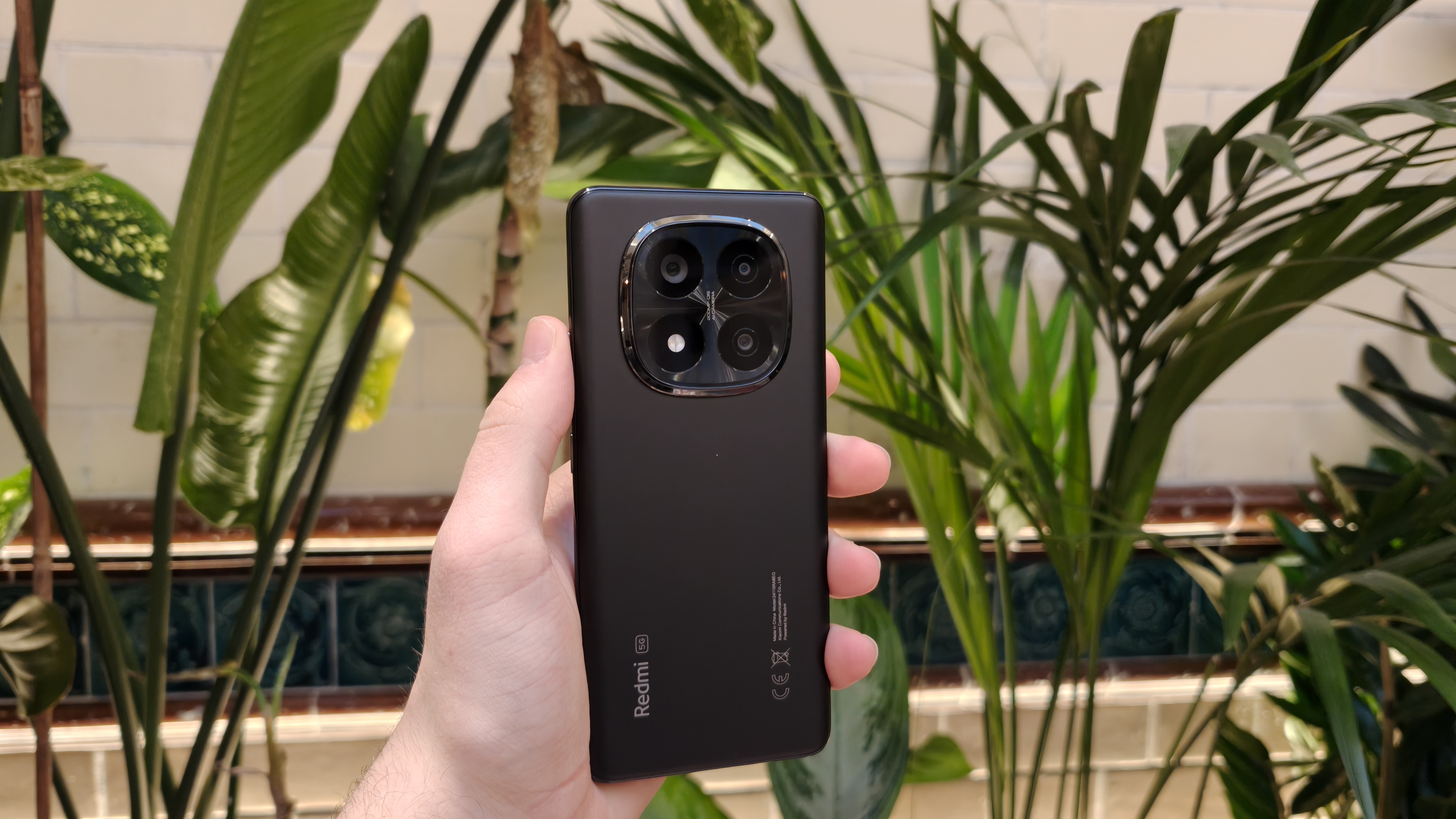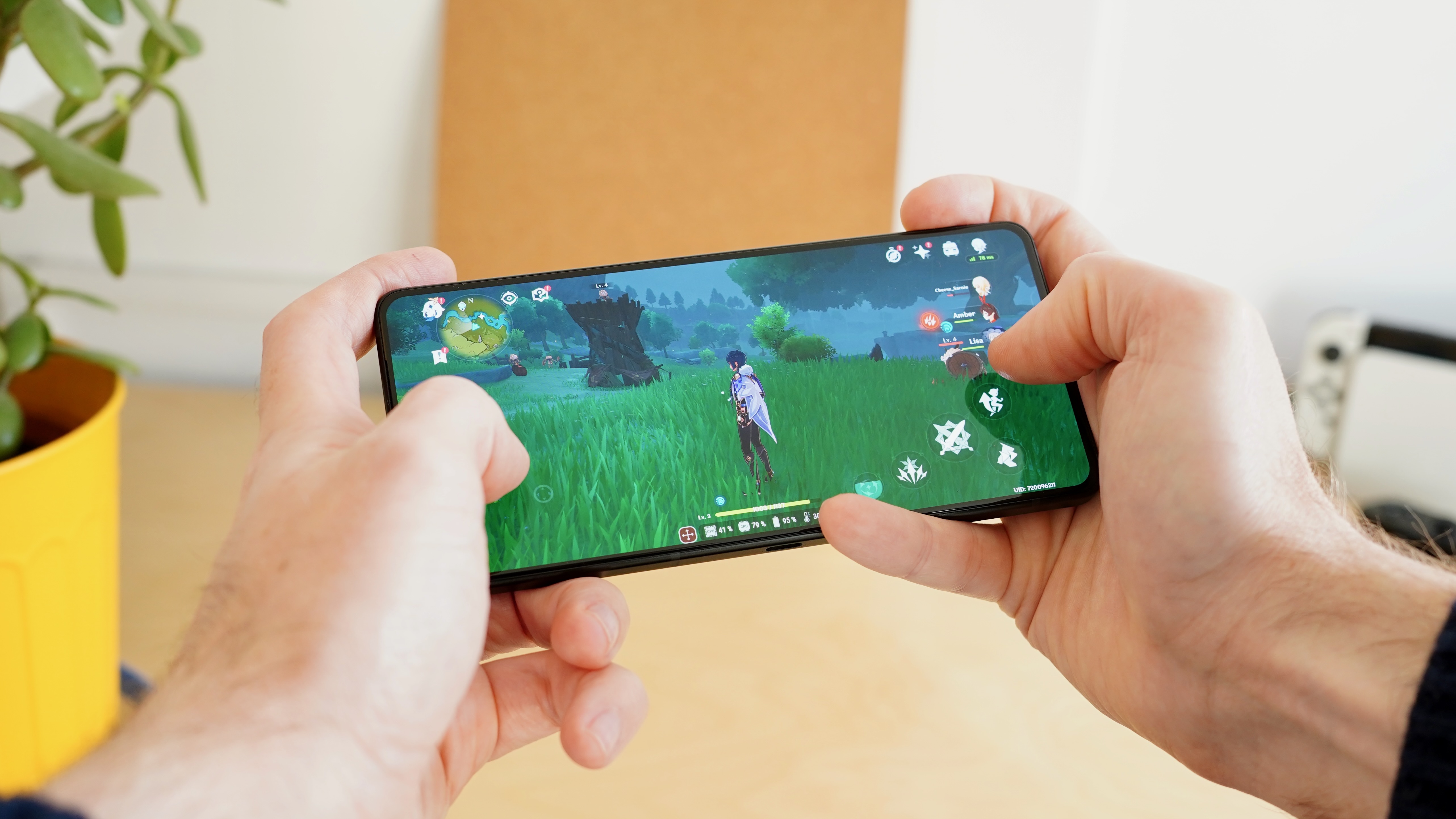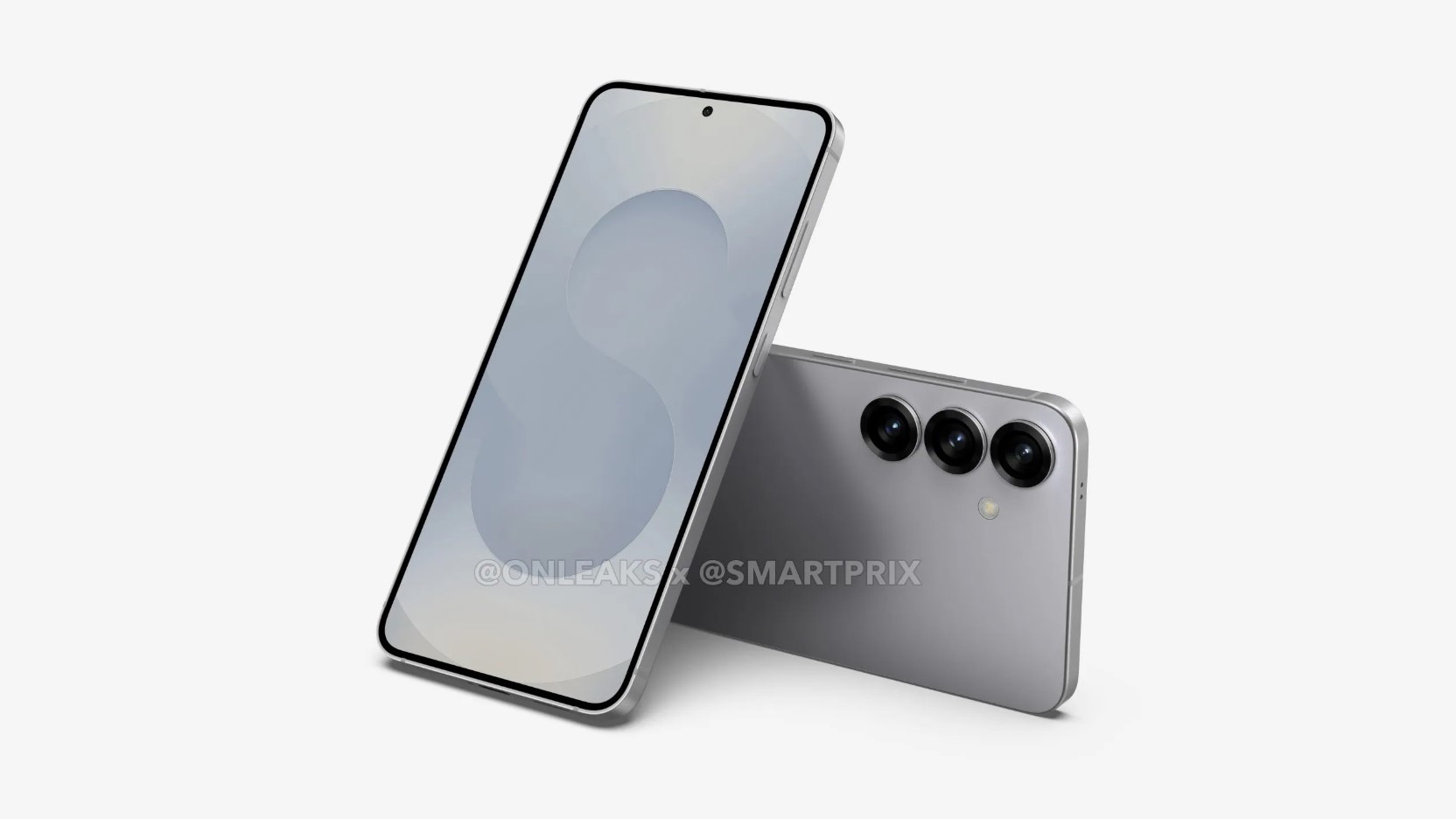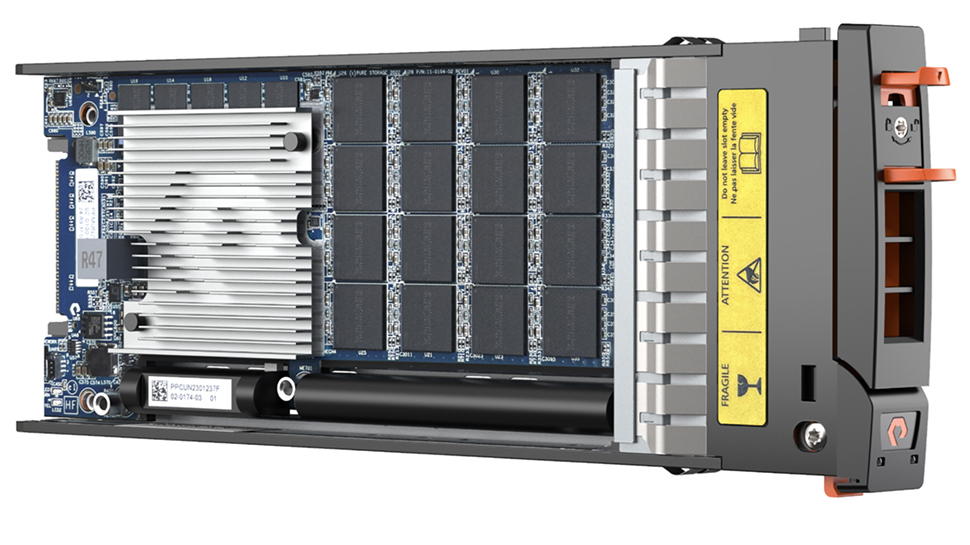Xiaomi tipped to set impressive new phone battery benchmark in 2025 – and I hope Apple and Samsung are taking notes
Xiaomi is rumored to be working on a new phone with a 7,500mAh battery, which would be the largest battery ever fitted to a conventional smartphone, and I hope Apple, Samsung, and Google are paying attention.

- Xiaomi's rumored phone could have the battery capacity of two iPhone 16s
- The phone is expected to release via Xiaomi's Redmi sub-brand
- Samsung could be eyeing similar tech for next year's Galaxy S26
A new rumor suggests that Xiaomi is working on a new phone with an enormous 7,500mAh battery, tipped for release via the company’s Redmi brand.
Noted tipster Digital Chat Station shared a Weibo post which says Xiaomi has begun testing on the 7,500mAh “super-large” battery for a “sub-series”, which, as Android Authority reports, refers to Redmi, a Xiaomi subsidiary.
It’s likely that a battery with this much capacity would make use of a silicon-carbon design, which offers a much greater energy density than the previously standard lithium-based batteries still found in the iPhone 16, Samsung Galaxy S24, and Google Pixel 9.
For reference, the Google Pixel 9 sports a 4,700mAh battery, the Samsung Galaxy S24 sports a 4,000mAh battery, and the iPhone 16 comes in at 3,561mAh – less than half the capacity of the rumored Redmi phone.
As with most aspects of smartphone hardware, numbers don’t tell the full story – battery life is determined by a wide range of factors in addition to capacity, such as chipset efficiency, display resolution and brightness, and heat dissipation. For example, Apple is able to achieve satisfactory battery life with the iPhone thanks to the company’s famously great optimization.
Still, we would generally expect a phone with a 7,500mAh battery to substantially outlast one with a 3,500mAh battery in an equal test, simply because the hardware gap is so wide.
Across the latter half of 2024, we saw Chinese phone manufacturers fit silicon-carbon batteries to new flagship phones like the Oppo Find X8 Pro and the OnePlus 13, but Xiaomi doesn’t tend to issue flagship-level devices through its Redmi brand.
Typically, Redmi devices occupy the budget to mid-tier space in Xiaomi’s portfolio, which does allow for a handful of higher-end features with each new device. The recently released Redmi Note 14 Pro Plus, for example, comes equipped with a 6,200mAh battery and support for 90W wired charging.
Analysis: Return of the stamina monsters?

While we have seen specialized, battery-focused phones released in the past (see Energizer's 28,000mAh battery phone), as well as ruggedized handsets with very large batteries designed for extended periods away from the charger, a 7,500mAh battery would without a doubt be the largest we’ve ever seen in a conventional smartphone.
Personally, I think developments in battery technology are some of the most exciting in modern smartphone hardware: larger, more efficient batteries are a truly consumer-friendly addition, and could have a positive impact on the environment too if there’s a reduced need for charging.
Furthermore, we’re all no stranger to being out with friends or family and hearing the familiar request for a portable charger or to find somewhere with a wall socket to top up – bigger, better batteries should be able to allay that anxiety.
This is all contingent on the big three phone makers – Apple, Samsung, and Google – taking note of the progress being made by global manufacturers. The best Xiaomi phones are impressive, truly premium units that push the envelope, but with a limited presence in Europe and none whatsoever in the US, it doesn’t have too much of a chance of making waves.
Luckily, we’ve already heard suggestions that Samsung could be picking silicon-carbon batteries for the Galaxy S26 lineup, which we’d expect to launch next year. I’m hoping our list of the best Samsung Galaxy phones will soon be full of handsets that push the envelope when it comes to battery life.
















/cdn.vox-cdn.com/uploads/chorus_asset/file/25829979/STK051_TIKTOKBAN_B_CVirginia_D.jpg)



